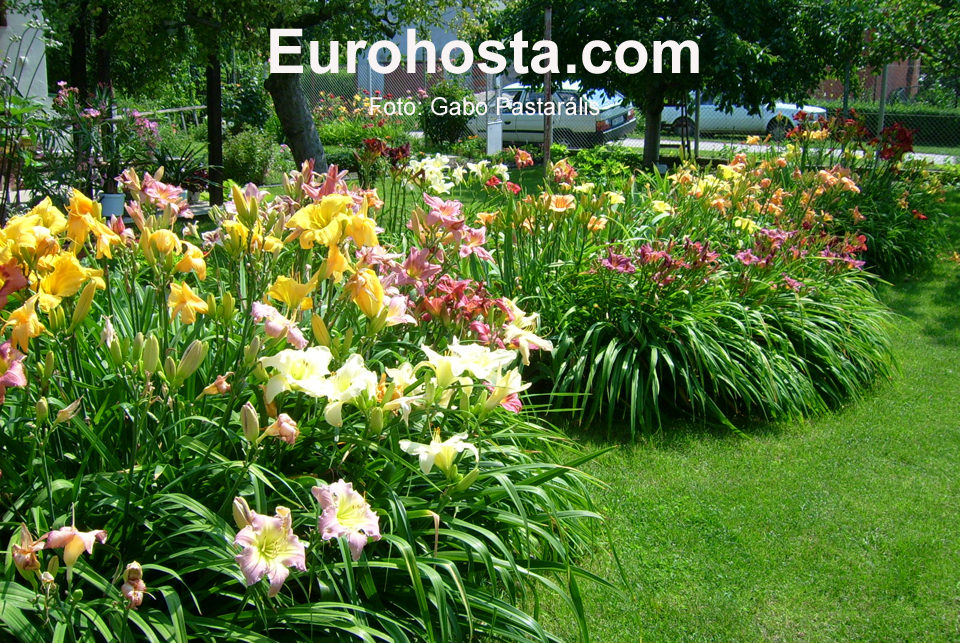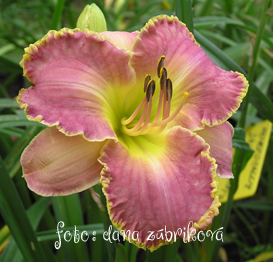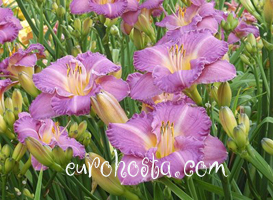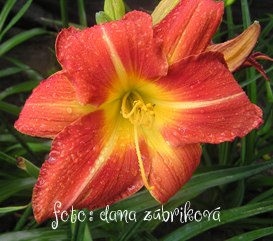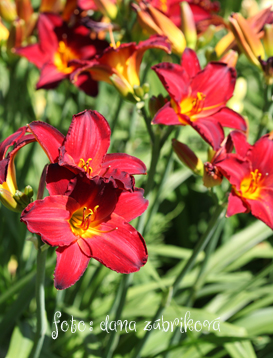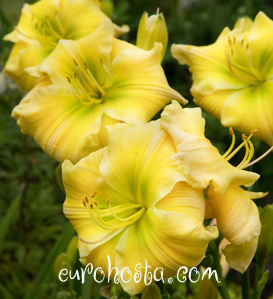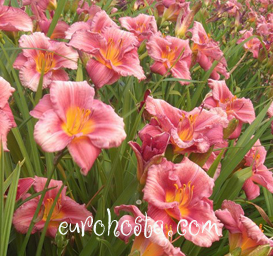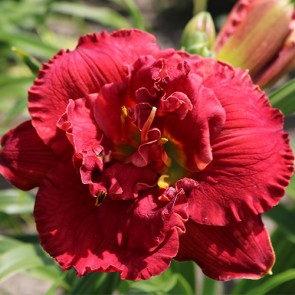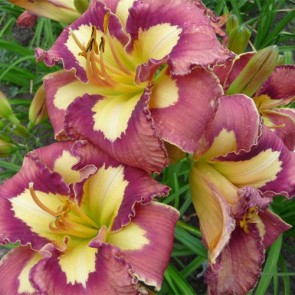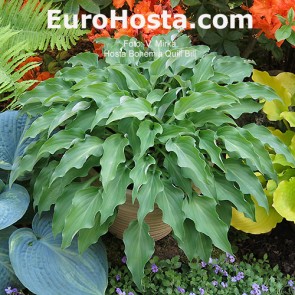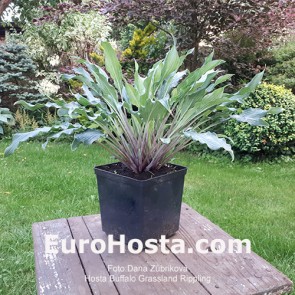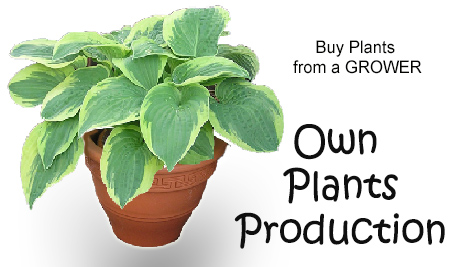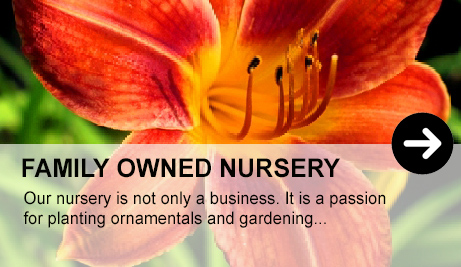Hemerocallis - cultivation
|
I think almost everyone know this perennial so loved by our grandmothers - daylily (Hemerocallis spp.). Pretty orange flowers of this plant decorated front yards in our villages and grandparents loved them so much. Today's modern daylilies cultivars decorate the most luxurious gardens of the world. There is plenty of flowers, in the world of garden ornamentals, which enchant us with the beauty of their flowers. Of course, everyone can "beauty" understood differently and subjectively. Someone prefers the beauty of roses, lilies, some other irises, dahlias or gladiolas. And many love daylilies… In the world in the last twenty – thirty years has created a large group of daylily lowers. Their popularity reached popularity of hostas and they have become one of the world’s best selling garden perennials. Today, horticulture companies worldwide offer more as 20,000 cultivars in prices from 1 Euro to 500 Euro per plant. Daylilies are absolutely undemanding perennials. They can survive almost everything and without their beautiful flowers they would certainly be feared as a garden weed. They have all season green, grass-like leaves (high from 20 to 100 cm according the cultivar). They have no bulbs, but they have bulb-like roots. Flowering period starts at the beginning of the school holidays (July, 1st). Number of flowers on one plant depends on the cultivar. Three-year plant may have 5-6 branches, and each can carry 30-50 flowers (5-25 cm in diameter by cultivar). Older plants can carry all the season more as 300-400 flowers. Daylily have one specificity. Each flower lasts only one day. Hence the name "Daylily", "Denivky" or " Taglilien”. But do not worry. Flowers bloom gradually and so you can enjoy new flowers every day during 4-5 weeks. Some cultivars rebloom later in the season.
Hemerocallis David Kirchhoff.
Hemerocallis Entrapment. |
Habitat Typical habitat is sun or part shade site, not too dry. These perennials can grow on the same place from 10 to 20 years, so do not remember to fertilize them. Especially in the spring, use fertilizer of any kind. Second time use fertilizer during flowering time, it can encourage growth and flowers production. Regular fertilization of the older clump is very important. To maintain the clumps in a good condition, they have to be watered regularly. They prefer higher moisture of the soil, mostly in June before and during formation of flowers. Overwintering Cultivars, that lose their leaves in winter and in spring they sprout out again, are called dormant. Such cultivars survive Central European winter without any problems. Usually they do not need any mulching. In the spring remove dry leaves and fertilize them. They will grow quickly. Some other cultivars, have during the winter partially (called semi - evergreen) or completely green leaves (evergreen type). In case of these cultivars, we have to be careful if we want to overwinter them in Central European winter. Generally they survive well but in some cases we may be disappointed. We recommend using some material to cover overwintering clump and to prevent from very strong frost. Use as for example cuted branches of coniferous trees, chipped bark or other suitable material. Particularly some evergreen type may have problems in very high elevations (over 1500 m a.s.l.) problems with hibernation. But it is very individual and most of the evergreen cultivars overwinter also without problems. Cultivation Although daylily can grow on the same place for decades, it would be sin do not split them from time to time and distribute and donate a few of them to your neighbors, friends or easily to other garden lowers. Appropriate time for splitting them spring and autumn. Dig plant clump, clear with water in order to get rid of and using knife split clump into smaller parts. New plants put into the prepared hole, keeping neck not deeper than 1-2 cm. The roots spread in the hole and sprinkle with soil. Sprinkle them immediately after planting. Each plant will then settle their self into such depth as best suits it. If we separate daylily in the spring, usually in the same year they deployed flowers.
Hemerocallis Princeton Paprika. |
Daylilies in the garden It can be planted as a specimen plant or in mixed perennial beds. They are very nice in group plantings. Reserve 40 x 40 cm of space for every plant. In 3-4 years you will get an amazing effect. They are ideal in combination with the jesters, sage, spring bulbs and blue irises. Sometimes, especially miniature cultivars can be grown in pot. Often they are planted near garden ponds or lakes in the parks. Daylilies are applied as a decorative garden plant, but may be used also as vase flower. Sometimes their edible flowers are used to garnish fruit salads. Choice from many modern cultivers in our E-shop.
|
||||||||||
| |
